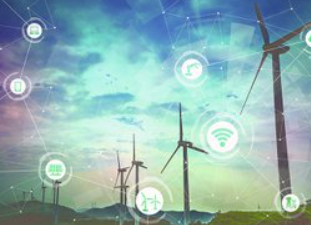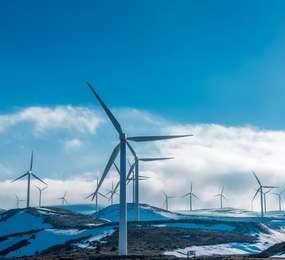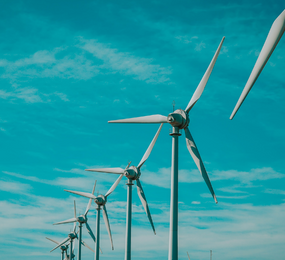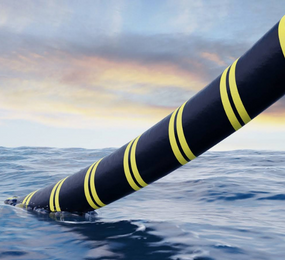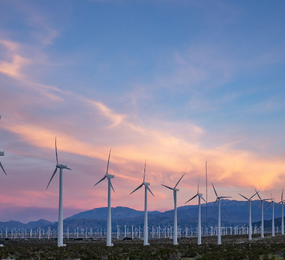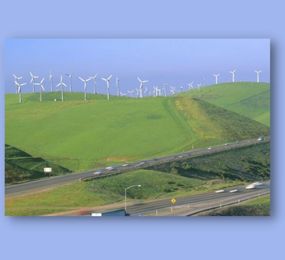As the wind energy industry continues to evolve, digital innovation and data-driven approaches are playing a pivotal role in optimizing wind farm operations. Among these advancements, digital twins have emerged as a game-changing technology. In this article, we explore the captivating topic of digital twins and their transformative impact on the wind energy sector. Join us as we delve into the concept of digital twins, their applications, and the immense potential they hold for maximizing performance, efficiency, and sustainability in wind farm operations.
Digital twins are virtual replicas of physical assets, processes, or systems. In the context of wind farms, digital twins create virtual representations of entire wind farms or individual turbines, incorporating real-time data and advanced algorithms. These digital replicas simulate and predict various aspects of wind farm operations, enabling operators to optimize performance, detect anomalies, and make informed decisions.
The Power of Data Integration and Analytics
The strength of digital twins lies in their ability to integrate diverse data sources and leverage advanced analytics:
1. Data Integration: Digital twins integrate data from multiple sources, including real-time sensor data, historical records, maintenance logs, and weather forecasts. This comprehensive data integration provides a holistic view of wind farm operations, enabling operators to make data-driven decisions.
2. Advanced Analytics: Digital twins utilize advanced analytics techniques, such as machine learning algorithms and artificial intelligence, to analyze vast amounts of data and extract valuable insights. These insights help identify performance bottlenecks, optimize maintenance strategies, and drive continuous improvement in wind farm operations.
Unlocking the Potential of Digital Twins
To fully unlock the potential of digital twins in wind farm optimization, several key factors are crucial:
1. Data Accessibility and Quality: Ensuring access to high-quality, real-time data is essential for accurate digital twin simulations and predictions. Collaborations with data providers and standardization efforts play a vital role in enhancing data accessibility and quality.
2. Collaboration and Knowledge Sharing: Wind energy stakeholders should collaborate and share their expertise to develop standardized frameworks for digital twin implementation. This collaboration fosters innovation, accelerates industry-wide adoption, and maximizes the benefits of digital twins.
3. Scalability and Flexibility: Digital twin solutions should be scalable and adaptable to accommodate the dynamic nature of wind farm operations. This allows operators to scale up their digital twin implementations as new turbines are added or as operational strategies evolve.
Digital twins have emerged as a revolutionary technology, reshaping the wind energy industry by optimizing performance, enhancing efficiency, and driving sustainability. By harnessing the power of data integration, advanced analytics, and virtual simulations, digital twins empower wind farm operators to make data-driven decisions, improve turbine performance, and unlock the full potential of wind energy. As we look towards a future powered by renewable energy, digital twins will undoubtedly play a crucial role in shaping the success of wind farm operations.
To register or learn more about the Forum please check here: https://bit.ly/430gLPP
For more information and group participation, contact us: [email protected]


